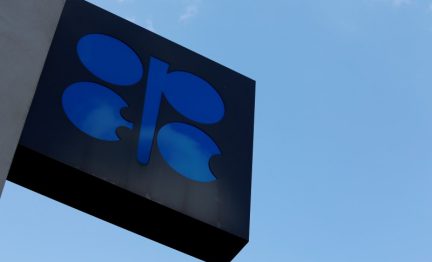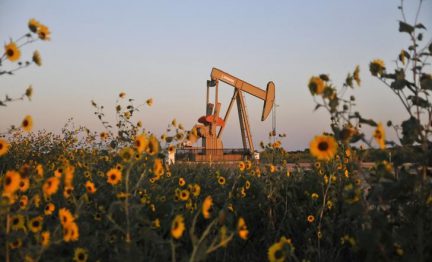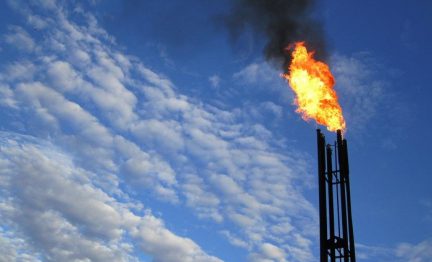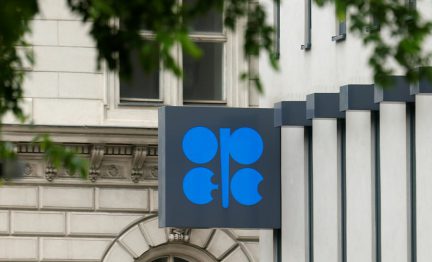OPEC+ might not change its production policy before June
OPEC+ will hold an online meeting of the Joint Ministerial Monitoring Committee (JMMC) on April 3 to review the market and the implementation of production cuts by members

OPEC+ will hold an online meeting of the Joint Ministerial Monitoring Committee (JMMC) on April 3 to review the market and the implementation of production cuts by members

The short-term growth in global oil and liquid fuels production will be primarily driven by the United States, Guyana, Canada, and Brazil, offsetting the voluntary cuts by OPEC+, forecasted the EIA

Methane emissions from the energy sector remained near a record high in 2023 despite commitments from the sector to plug leaking infrastructure in a bid to combat climate change, a report by the International Energy Agency said

In its monthly report, the Organization of the Petroleum Exporting Countries said that global oil demand will increase by 2.25 million barrels per day (bpd) in 2024 and by 1.85 million bpd in 2025

The oil company YPF announced that it will invest $5 billion this year, of which $3 billion will focus on the Vaca Muerta unconventional hydrocarbon formation

“The global oil market is relatively well-supplied, with demand growth decelerating, while supply shows an increase in America,” said the head of the oil markets and industry division at the International Energy Agency (IEA)

OPEC members and other producers must adapt to the changing market dynamics due to the “redirection” of trade flows since early 2022, said OPEC Secretary-General

OPEC oil production increased in February, as detected by a Reuters survey, as a recovery in Libyan pumping after a disruption offset the impact of voluntary cuts agreed upon by other members of the bloc

OPEC maintained its forecast of relatively strong growth in global oil demand in 2024 and 2025, while raising its economic expansion projections for both years, stating that there is greater upside potential

Major oil companies are focusing on new fields that can be profitable even if prices fall to around $30 per barrel, leveraging a third consecutive year of demand growth to adjust their portfolios amid uncertainty about the sector’s future